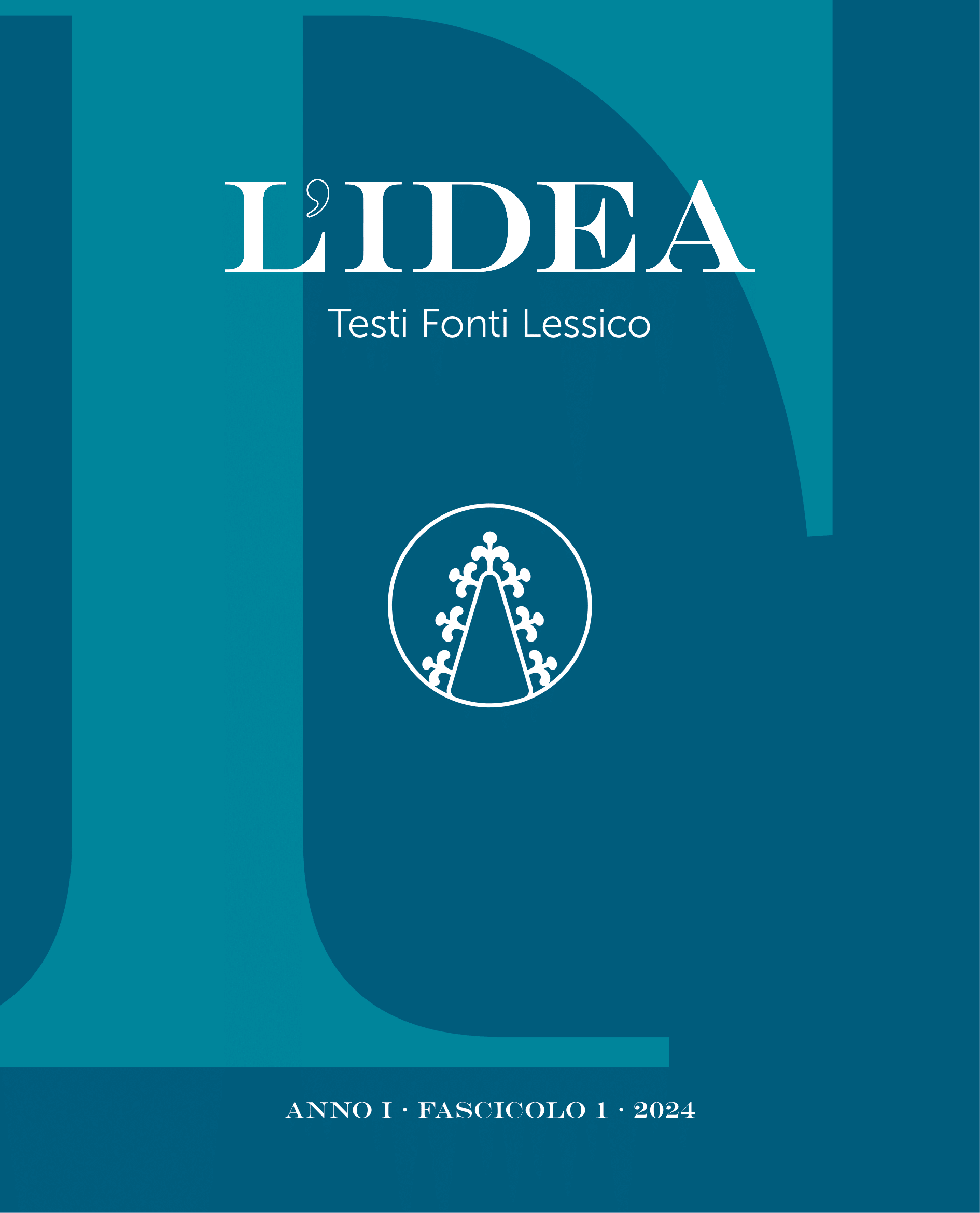La scultura dell’«ottimo artista». Palingenesi estetico-amorosa in Marsilio Ficino, Giulio Camillo e Francesco Patrizi
Starting from the Corpus Hermeticum the intersection between philosophical-theological speculation and magical-civil action, embodied by animated simulacra, was of fundamental importance. The close link between the divine measurements of the animated statues and the poetic song, modulated according to specific linguistic proportions, was strongly codified. The hermetic teachings were deeply used by Marsilio Ficino. Following this line of investigation, the aim of this contribution is also to examine the relationship between statuary art and poetical magic within the Hermetic-Platonic trend, in particular regarding two great protagonists of it in Italy, after Ficino: Giulio Camillo and Francesco Patrizi da Cherso.
A partire dal Corpus hermeticum risulta di fondamentale importanza l’intersezione tra la speculazione filosofico-teologica e l’azione magico-civile, incarnata dai simulacri animati. Lo stretto legame tra le misure divine delle statue viventi e il canto poetico, modulato secondo precise proporzioni linguistiche, è infatti codificato stabilmente. Gli insegnamenti ermetici vengono poi impiegati da Marsilio Ficino. Seguendo questo filone di indagine, scopo del contributo è quello di esaminare il rapporto tra arte statuaria e magia poetica all'interno del filone ermetico-platonico, in particolare riguardo a tre grandi protagonisti italiani; appunto Ficino e, dopo di lui, Giulio Camillo e Francesco Patrizi da Cherso.

